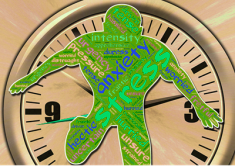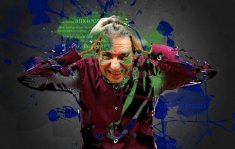The More the Unmerrier: Birds of a Feather Mock Together
GAD stands for generalized anxiety disorder, an exaggerated state of persistent worrying that is uncontrollable and impairing, occurring more than 50% of the time over at least 6 months. It arises from genetic, neuropsychological, and developmental/personality factors.
Unfortunately, the majority of people (two-thirds) with GAD also have major depression or other anxiety disorders, such as social anxiety disorder (SAD), specific phobia, or panic disorder. It can also be seen with substance abuse, PTSD, and obsessive-compulsive disorder.1 Like the flock of birds alighting on the jungle gym in the Alfred Hitchcock thriller, the more there are, the more vicious the attack.
Comorbidities often seen with GAD3
Social anxiety disorder (SAD)
Also known as social phobia, SAD is an extreme fear of situations subject to scrutiny by others. A person with SAD fears embarrassment or humiliation, so endures these si ...
Treatment for General Anxiety Disorder
The definition of general anxiety disorder, “GAD,” is an exaggerated state of persistent worrying that is uncontrollable and impairing, occurring more than 50% of the time over at least 6 months. It is often accompanied by distress, apprehension, mood irritability and even physical manifestations, such as fatigue and muscular tension.1
There is evidence that the biochemistry of the brain is heavily involved, including neurotransmitters.2,3
Treatment
Treatment for GAD involves identifying and addressing the following:
Genetic factors
Neuropsychological factors
Developmental and personality factors
Genetic factors are already done and can’t really be undone. However, identifying a family history will help identify other co-morbidities that will affect treatment. For example, if a major depression figures prominently in a parent, clues to the same, well-hidden before learning the f ...

